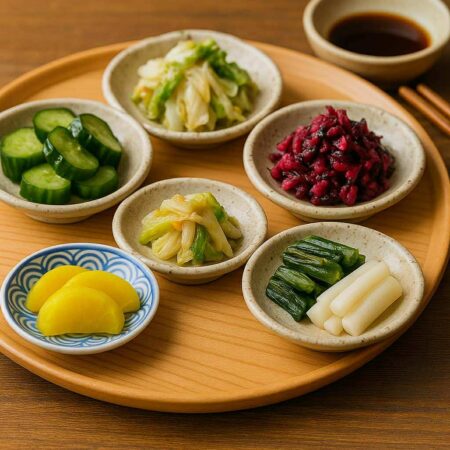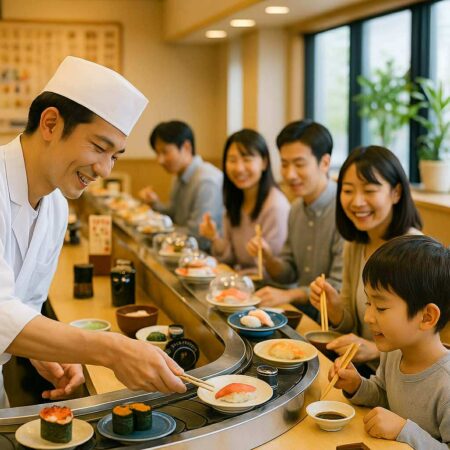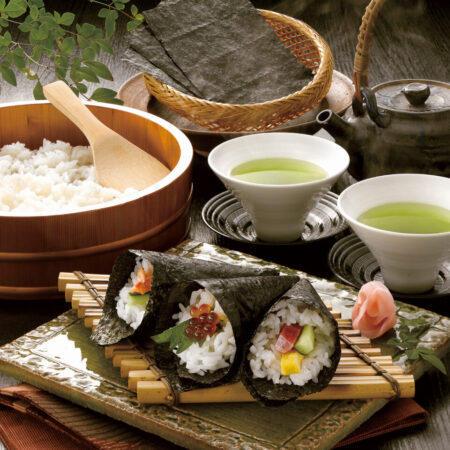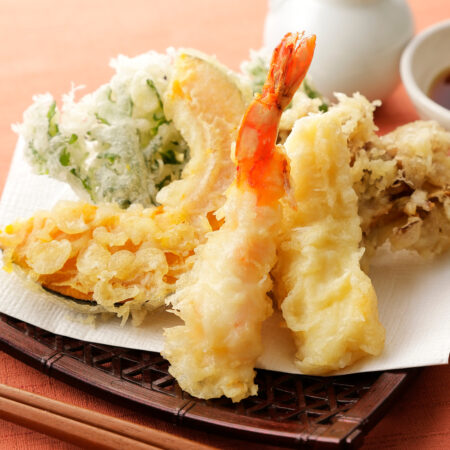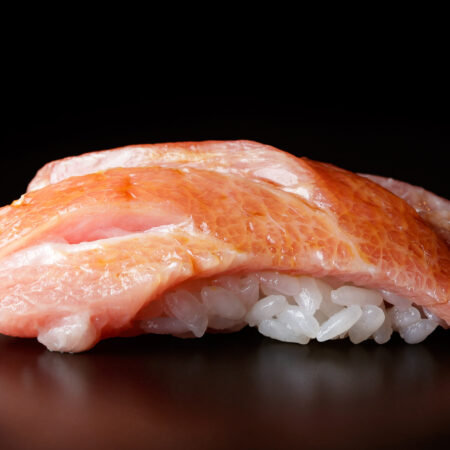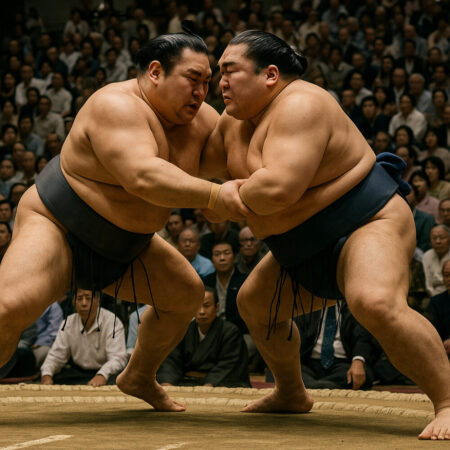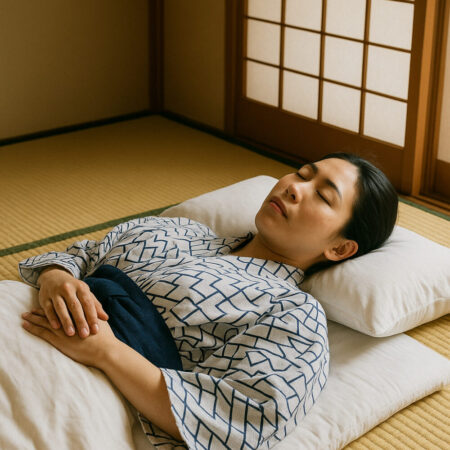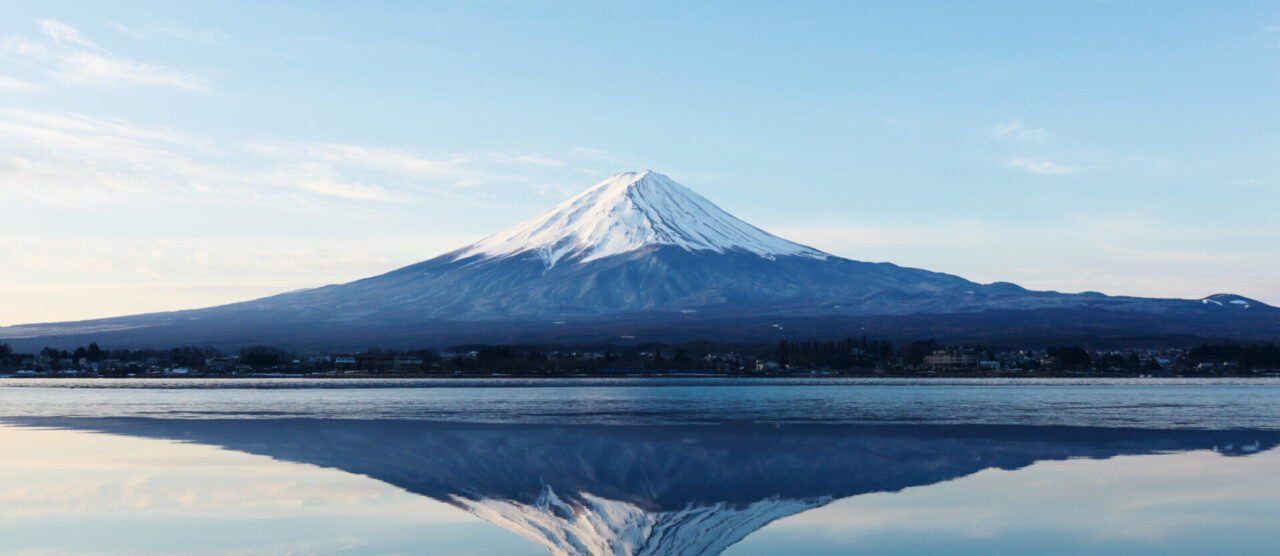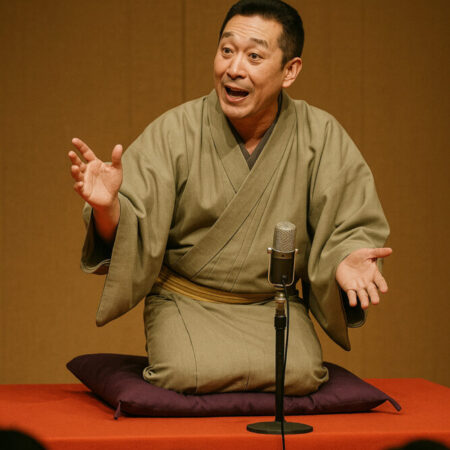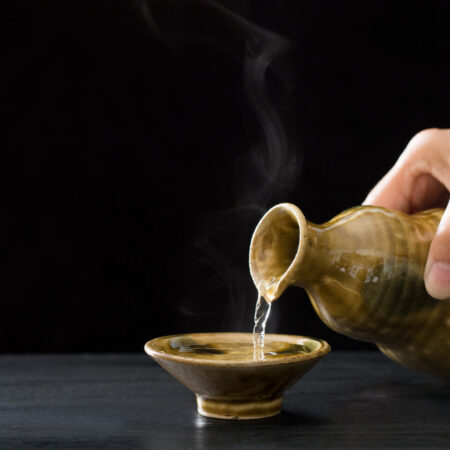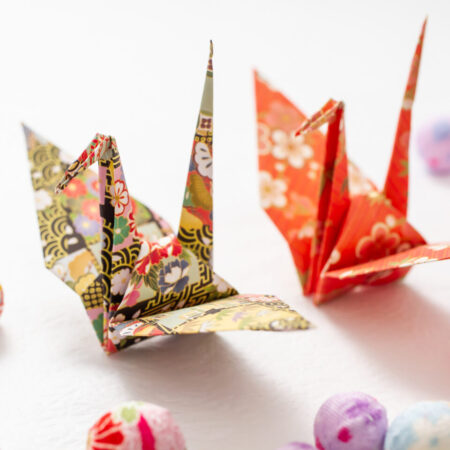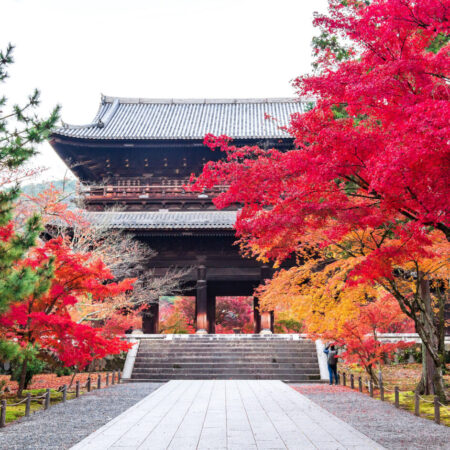Origins and Diversity of Ramen
Ramen is believed to have originated from Chinese noodle dishes that made their way to Japan. However, the development of ramen in Japan wasn’t just about adopting Chinese cuisine but rather evolving by merging with the unique food culture of Japan. The main components of ramen include noodles, broth, sauce, toppings, and fat/oil. With different combinations of these five elements, countless recipes and variations such as soy sauce ramen, miso ramen, salt ramen, tonkotsu ramen, and tsukemen are born.
Japan, being a long island nation, has diverse food cultures and regional dishes influenced by seasons, geography, and climate. The regional-specific ramen dishes are termed as “local ramen.” By the early 20th century, ramen was already popular in urban areas of Japan, with Tokyo, Fukuoka, and Sapporo being the notable centers. This uniquely evolved Japanese dish now transcends borders, captivating people worldwide.
Ramen Varieties and Their Origins
- Sapporo Ramen: Born from the cold winters of Hokkaido, it’s a rich ramen infused with flavors from vegetables and garlic. Ingredients like bean sprouts are stir-fried in a wok, then combined with the soup, providing a comforting warmth. The noodles used are medium-thick and wavy.
- Hakodate Ramen: Popular in the relatively warm regions of Hokkaido, it’s a light salt-flavored ramen. Notable for its char siu, bamboo shoots, chopped green onions, clear broth, and medium-thin straight noodles, it retains the original characteristics from its Chinese origins.
- Akayu Miso Ramen: Born in Akayu, Yamagata at the “Ryushanghai” restaurant, it’s considered the first miso ramen in the main island of Japan. A distinct red spicy miso, made using chili peppers, sits at the center, and is dissolved bit by bit as per taste. The noodles are thick, flat, and wavy.
- Yokohama Ramen: This ramen has evolved from the Chinese noodle dish flavored with soy sauce. Recently, the style known as “Ie-kei,” which pairs rich tonkotsu-soy sauce broth with thick, firm noodles, has become nationally recognized.
- Kyoto Ramen: Although Kyoto cuisine is known for its light flavors, its ramen is rich and intense. The broths, based on pork or chicken, can be classified into three major types, all of which are deeply flavorful.
- Tokushima Ramen: This region features three different broths, but a common feature is the use of sweet and spicy braised pork belly instead of char siu and a raw egg as toppings. The noodles are short and have minimal wave, tending to be softer.
- Hakata Ramen: Representing the Kyushu region, it’s famous for its broth made from long-simmered pork bones and low-hydration straight noodles. Another unique trait is the “kaedama” or extra noodle refill system.
Origins of the Kaedama Culture
The concept of “kaedama” or noodle refills originated in Fukuoka, particularly in the Hakata district, after WWII. Amidst the rising number of ramen shops, this unique service began to attract customers. The thin noodles used in Hakata ramen cook quickly, making it efficient to offer refills. This led to the adoption of the kaedama culture in many shops, now a staple in Japanese ramen culture.
Ramen Etiquette
When eating ramen in Japan, there are certain etiquettes to observe. In Japan, slurping noodles cools them down and indicates enjoyment. Whether you finish the broth varies from shop to shop and region to region, so take cues from fellow diners. However, if you find the ramen delicious, feel free to drink up the soup! Enjoy the noodles, broth, and all the toppings.




